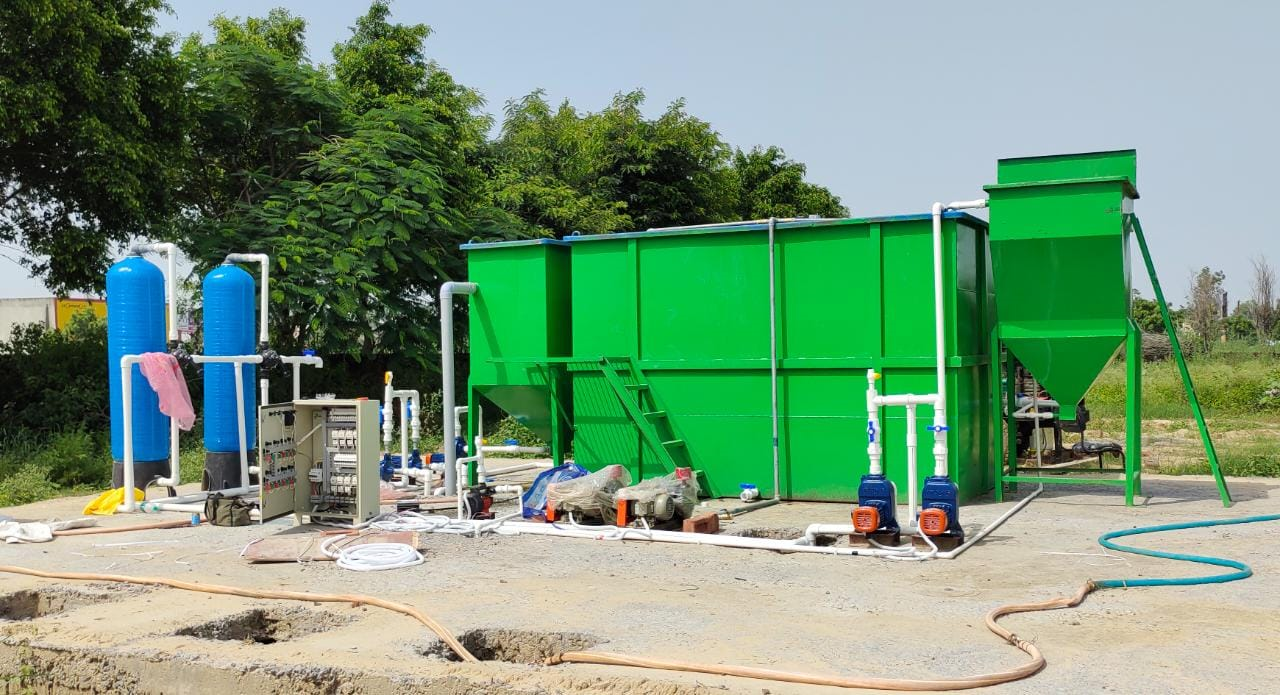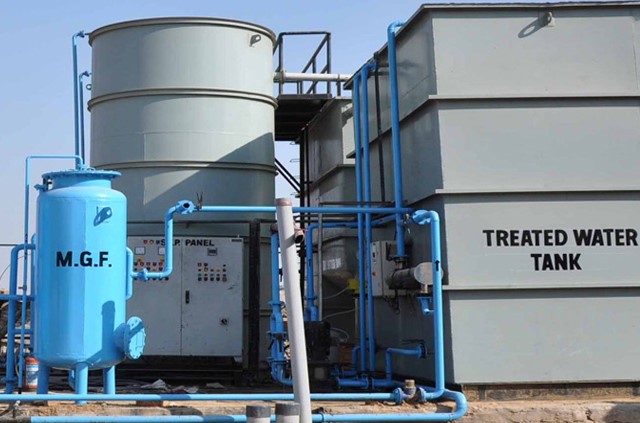
SEWAGE TREATMENT PLANT (STP):-
Sewage treatment is the process of removing contaminants from waste water, primarily from household ( Domestic Water ) sewage. It includes physical, chemical, and biological processes to remove these contaminants and produce environmentally safe treated waste water (or treated effluent). A by-product of sewage treatment is usually a semi-solid waste or slurry, called
sewage sludge, that has to undergo further treatment before being suitable for disposal or land application.
Sewage treatment may also be referred to as waste water treatment, although the latter is a broader term which can also be applied to purely industrial waste water. For most cities, the sewer system will also carry a proportion of industrial effluent to the sewage treatment plant which has usually received pretreatment at the factories themselves to reduce the pollutant load. If the sewer system is a combined sewer then it will also carry urban runoff (storm water) to the sewage treatment plant.


Sewage can be treated close to where the sewage is created, which may be called a "Decentralized" system or even an "on-site" system (in septic tanks, Bio filters or aerobic treatment systems). Alternatively, sewage can be collected and transported by a network of pipes and pump stations to a municipal treatment plant. This is called a "centralized" system (see also sewerage and pipes and infrastructure), although the borders between decentralized and centralized can be variable. For this reason, the terms "Semi - Decentralized" and "Semi-Centralized" are also being used.
